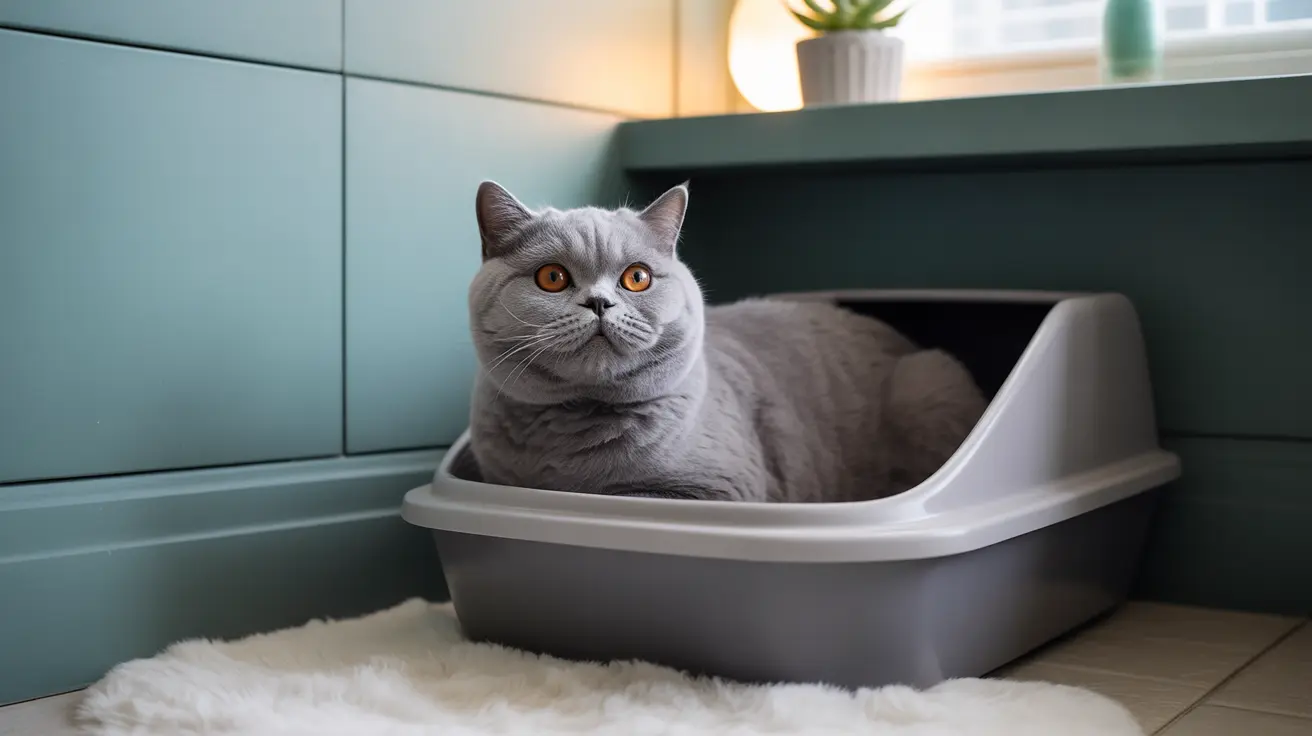As our feline friends age, their needs change - especially when it comes to using the litter box. With up to 90% of cats over age 11 experiencing arthritis and mobility issues, providing an appropriate senior cat litter box becomes crucial for maintaining their dignity, comfort, and independence.
In this comprehensive guide, we'll explore everything you need to know about selecting, positioning, and maintaining the perfect litter box for your elderly cat. From essential features to expert recommendations, you'll learn how to create a comfortable bathroom experience for your aging companion.
Understanding Your Senior Cat's Needs
Senior cats face unique challenges that affect their litter box habits. Arthritis, muscle weakness, and reduced flexibility can make climbing into traditional boxes difficult or painful. Additionally, older cats often develop increased sensitivity to textures and scents, making their bathroom environment even more important.
Recognizing these changes is the first step in providing appropriate accommodations. A properly designed senior cat litter box can help prevent accidents, reduce stress, and maintain proper hygiene habits.
Essential Features of Senior-Friendly Litter Boxes
Low Entry Point
The most crucial feature of any senior cat litter box is a low entry point, ideally 4 inches or less. This design significantly reduces joint strain and makes access easier for cats with limited mobility. Some models even include built-in ramps for cats with severe arthritis.
Spacious Interior Design
A generous interior space of at least 22 inches in length allows senior cats to move, turn, and position themselves comfortably. This extra room is particularly important for larger cats or those with reduced flexibility.
Safety and Stability Features
- Non-slip base for secure footing
- Smooth, rounded edges to prevent injury
- Sturdy construction that won't tip or shift
- Optional privacy panels for cats that prefer coverage
Choosing the Right Materials
Stainless steel has emerged as a preferred material for senior cat litter boxes due to its numerous benefits:
- Non-porous surface that resists bacteria growth
- Easy to clean and sanitize
- Doesn't retain odors like plastic
- Extremely durable and long-lasting
- Smooth surface gentle on sensitive paws
Optimal Placement and Setup
Strategic placement of your senior cat's litter box can significantly impact their willingness and ability to use it. Consider these guidelines:
- Position boxes on the main floor to avoid stairs
- Choose quiet, easily accessible locations
- Maintain consistent placement to avoid confusion
- Provide multiple boxes in larger homes
- Ensure good lighting for visibility
Maintenance and Cleaning
Regular maintenance becomes even more critical for senior cats, who are more susceptible to urinary tract infections and other health issues. Implement these practices:
- Clean the box at least twice daily
- Perform deep cleaning weekly
- Replace litter completely every 2-3 weeks
- Monitor for signs of wear or damage
- Use unscented, soft litter suitable for sensitive paws
Frequently Asked Questions
What features should I look for in a senior cat litter box to help with arthritis and mobility issues?
Look for a low entry point (4 inches or less), spacious interior, non-slip base, and smooth edges. Optional features like built-in ramps can provide additional support for severely arthritic cats.
How do low-entry litter boxes benefit senior cats with joint stiffness or arthritis?
Low-entry boxes minimize the physical effort required to enter and exit, reducing pain and strain on arthritic joints. This design helps maintain regular bathroom habits and prevents accidents caused by difficulty accessing traditional boxes.
Which litter box materials are easiest to clean and best for senior cats' hygiene?
Stainless steel is optimal for senior cats as it's non-porous, easy to clean, and resistant to bacteria growth. It doesn't retain odors and provides a smooth, comfortable surface for sensitive paws.
How can I properly maintain and clean a senior cat litter box to prevent odor and infections?
Clean the box twice daily, perform weekly deep cleaning, and replace litter completely every 2-3 weeks. Use unscented, clumping litter and monitor for any signs of soiling or wear that might discourage use.
Where is the best place to position a senior cat litter box to make it most accessible?
Place the litter box on the main floor in a quiet, well-lit area that's easily accessible. Avoid locations requiring stairs and ensure the box is away from food and water bowls but not isolated in hard-to-reach spaces.
Conclusion
Investing in an appropriate senior cat litter box is essential for maintaining your aging feline's quality of life. By considering their unique needs and implementing the recommendations in this guide, you can create a comfortable, accessible bathroom solution that supports their independence and well-being throughout their golden years.






